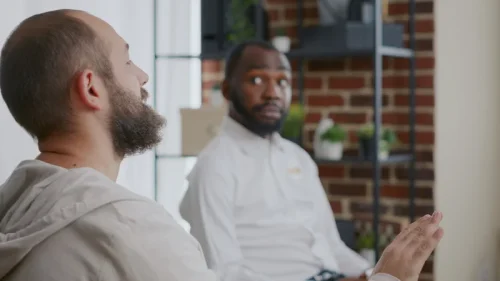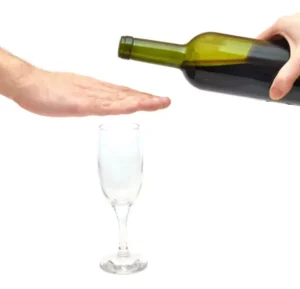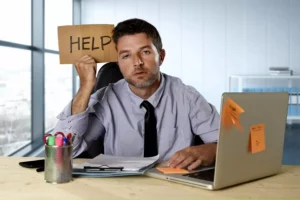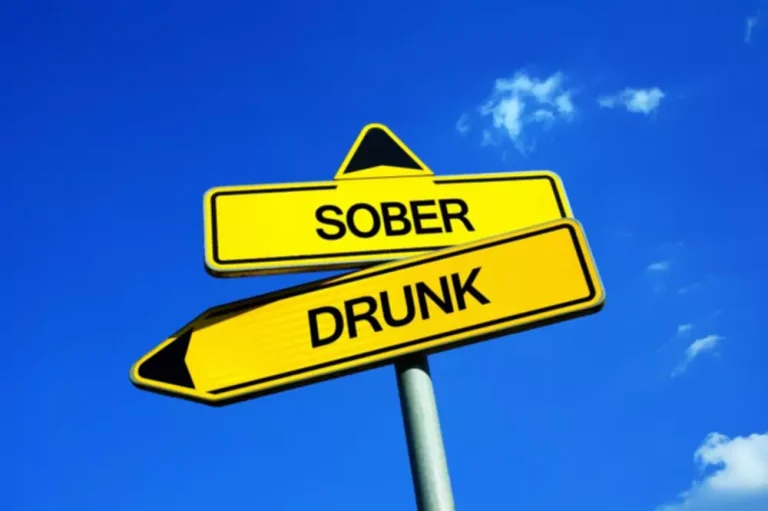
I want my audience to realize that there is too many rappers who have been killed over something that could have been solved a different way. Now a day’s people are scarred to leave the house with out a weapon because people in this world are crazy. Just this year we lost a couple rappers like king von pop smoke and probably more. I think people need to start putting the guns down when they have problems and use their words.
JAY-Z Explains Why Kendrick Lamar Was Chosen To Perform At Super Bowl Halftime Show
The following list highlights how the hip-hop community, like all, is not immune to the deadly influences of the drug culture. More than any other individual rapper Dr. Dre deserves recognition for his role in helping turn the page on the crack epidemic. He rapped about drug use on his first few albums, but it was not until after 2004’s Encore that he sought help. His 2009 album, Relapse, was a direct result of a relapse following the death of his best friend, rapper Proof. After becoming sober, Eminem reemerged with Recovery, his incredibly successful seventh album chronicling his journey to sobriety. It was a deeply personal album that separated him from his Slim Shady alter ego.
Expand lifestyle menu
- As a result, many black rappers are not getting the help they need.
- But I think, in general, I’m quite an optimistic person, or at least I try to be.
- Nearly four years after her last full-length, 2020’s holiday-themed Cider & Hennessy, Jordin Sparks returns with her new album, No Restrictions.
- Mainstream rappers have spoken candidly about topics such as anxiety and depression to raise awareness and eliminate stigma.
- A separate legal skirmish, in which the group was sued for copyright infringement over a parody they recorded of Roy Orbison’s “Oh, Pretty Woman,” made its way to the Supreme Court.
The momentum of TREAL TV, followed by the double album drop, brought Mac Dre to the forefront of the Bay Area’s burgeoning hyphy movement. Alongside fellow East Bay artist Keak da Sneak and hyphy-themed hits by veteran local artists Too $hort and E-40 produced by Atlanta’s Lil Jon, they would put the Bay Area back on the rap map for major record labels to sign and promote to the world. There’s also footage of him performing live in small towns in Northern California and the Northwest, where people danced with hyper energy (and possibly those aforementioned drugs)and rapped along with all the words. It was the first time many people got to see how physically animated and infectious Mac Dre was as a performer.
The 2024 GRAMMYs Have Been Nominated For 5 Emmys: See Which Categories

Future has a song called Codeine Crazy, Lil Yachty has one called Lean and Lil Uzi Vert raps that he’s “so relaxed on a Xanax” in Canadian Goose. Zoe has been a staff writer at The Source since January of 2017. She specializes in pop culture, music, tech, politics, women’s issues, and more. “High Powered,” “The $20 Sack Pyramid,” “The Roach,” “Let Me Ride” and other tracks from “The Chronic” exalt the benefits of smoking weed. In fact, the album’s title is a slang term for high-grade marijuana and the art for its cover references the packaging for Zig-Zag rolling papers.
Both as a member of the legendary Geto Boys — one of the most successful Southern hip-hop groups at a time when the spotlight was focused on East Coast and West Coast rap — and as a solo artist, he proved to be a last of a dying breed. His signature songs, like “I Seen a Die,” off the five-mic, Source-certified classic album, The Diary, proved to listeners that there were more layers and depths to experience in rap. At the time, acts like Public Enemy, Kool Moe Dee, LL Cool https://ecosoberhouse.com/ J, and Eric B. & Rakim dominated the airwaves, with songs about everything from love, partying and lyrical prowess to race and politics. However, few were as overly explicit and provocative as the rising stars from the West Coast who disrupted the industry with the release of their hard-hitting debut album, Straight Outta Compton, in 1988. Chief Keef started his career as rap’s Ozzy Osbourne, the most visible figure in a burgeoning scene as exciting as it was controversial.
Raising Awareness for Addiction, Mental Illness

For many, they are a rite of passage of growing up in the Bay Area rap scene. Whether revisiting or listening for the first time, Mac Dre’s 2004 albums still sound fun in 2024, a testament to the lasting legacy of a late artist from the San Francisco Bay Area who just wanted to make his mark. The Roots’ longevity and artistic creativity have made a lasting impact on hip-hop. Illadelph’s own are trailblazers of the genre, pioneers of a distinctive, alternative sound that combined rap with live instruments, conscious lyrics and jazz-influenced beats.
The 21-year-old was open in his lyrics about his drug use and mental health, and a video he posted before he died showed him dropping some kind of pills into his mouth. Some US rappers regularly reference substances such as Xanax – an anti-anxiety drug – and lean (a mixture of Codeine-based cough syrup and Sprite). These five rappers have taken positive steps to be a part of the rap sober rappers and hip hop world without substance use. Chad Lamont Butler (December 29, 1973 – December 4, 2007),better known by his stage name Pimp C, was an American rapper andrecord producer. He was best known for his work with Bun B as a founding memberof the Underground Kingz (UGK). He also appeared on Jay-Z’s hit “Big Pimpin” in2000 as well as “Sippin on Some Syrup” by Three Six Mafia.
Headed to the Eras Tour in Miami? Book a Swiftie Hotel Package

Some really tried their hand at the adult business, while others just rapped about it. I will literally listen to my work or my music a million times before it’s out. And then once it’s out, I rarely ever revisit it.I almost see it as yours; it’s the world’s now. Your recordings used to be a fairly solitary affair but now you’ve actively started involving more people in it.

Plus, as Ann Carli, then a Jive Records exec, recalls during the “Parents…” video shoot, as quoted in Brian Coleman’s indispensable tome, Check the Technique, Vol. Composed of Q-Tip, the late Phife Dawg, occasional member Jarobi White, and DJ Ali Shaheed Muhammad, A Tribe Called Quest helped carve a space for rappers (and rap listeners) with a bohemian bent to their hip-hop aesthetic. Formed by high school friends from Queens, New York, the group established its own unique sound through the use of jazz and rock samples, a practice then unorthodox for hip-hop in the early 1990s. Early on, they helped create a bridge between jazz and hip-hop, two worlds then often seen as distantly disconnected. Legendary jazz bassist Ron Carter, for example, guested on A Tribe Called Quest’s seminal sophomore album, The Low End Theory, marking one of the earliest collaborations between jazz and hip-hop musicians.